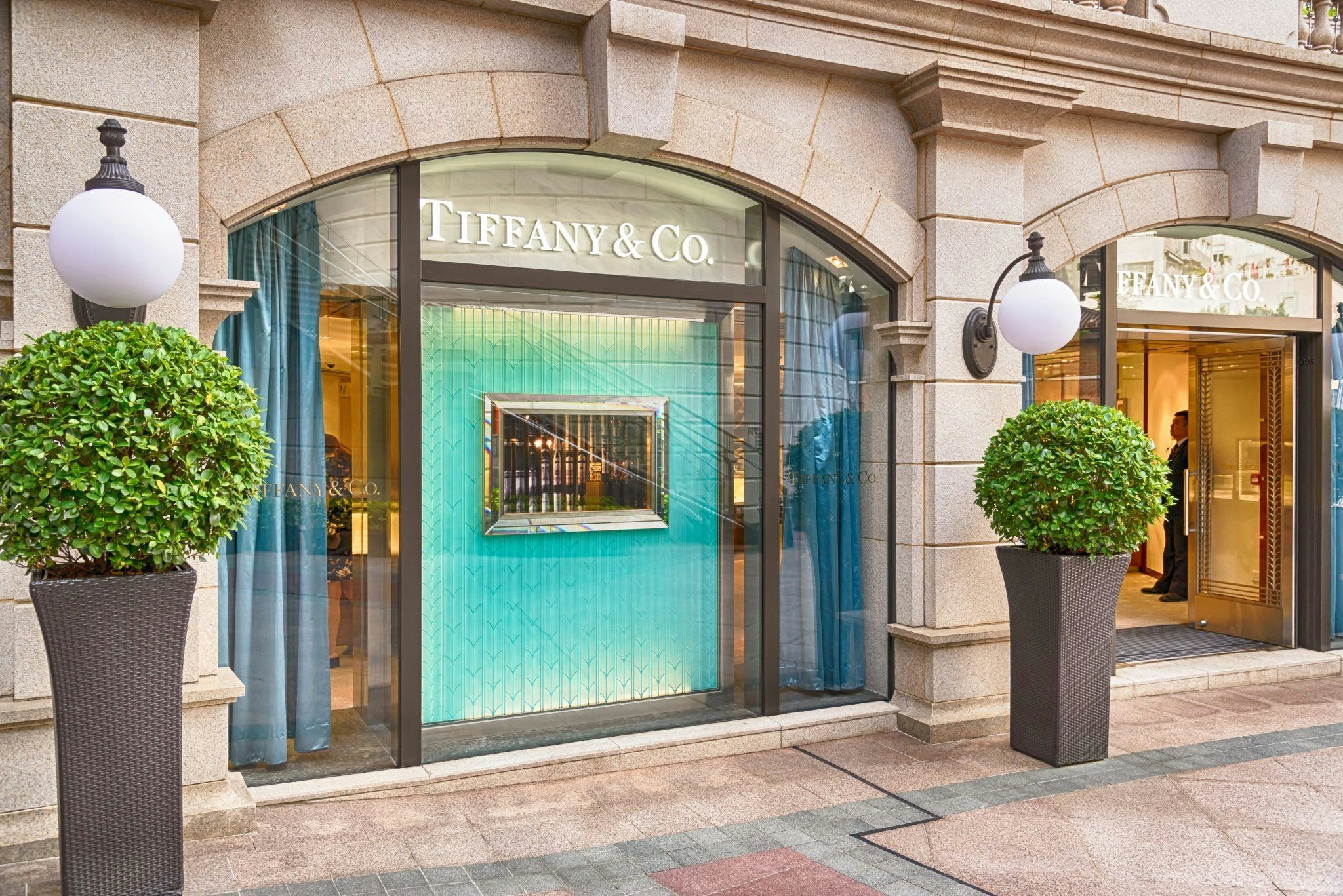The ongoing U.S.- China trade war continues to shake up markets in both countries, with many luxury brands facing rising global tariffs. However, based on a June 20 report by Financial Analyst Group Wells Fargo, it appears luxury jewelry brand Tiffany could be set to benefit from changing import taxes. Analysts estimate that Tiffany’s annual earnings per share could get a boost of 10 to 15 percent through either margin upside or an increase in unit volume.
"As one of the few companies we cover that exports U.S.-made goods to China, Tiffany stands to be a prime beneficiary of a reduction in import tariffs on gold/silver jewelry (from 20 percent to 8 percent) and platinum/gemstone jewelry (from 35 percent to 10 percent)," the Wells Fargo report states.
Based on the brand’s latest earnings release for the quarter ending April 30, the company reported a net profit of 142 million. In comparison, last year the company had a net profit of 92.9 million.
Tiffany has had its silver heart set on the Chinese market for several years. Back in 2016, the company estimated that China would drive its earnings growth for the next decade, in line with China's booming middle-class society. The brand estimated a target market in China of 480 million people by 2030.
Tiffany has made an increasing effort to cater to Chinese millennials. In the U.S., the brand’s biggest market, sales revenue only rose one percent in 2017, compared to a 15 percent sales jump in the Asia-Pacific region due to strong Chinese demand.
According to the company’s 2018 first-quarter results, their total net sales rose 28 percent to 329 million in the Asia-Pacific region, due in large part to increasing sales in Greater China. High-level management attributed the growth to higher spending by local Chinese consumers and foreign tourists. On a constant-exchange-rate basis, total sales and comparable sales increased 23 percent and 9 percent, respectively.

